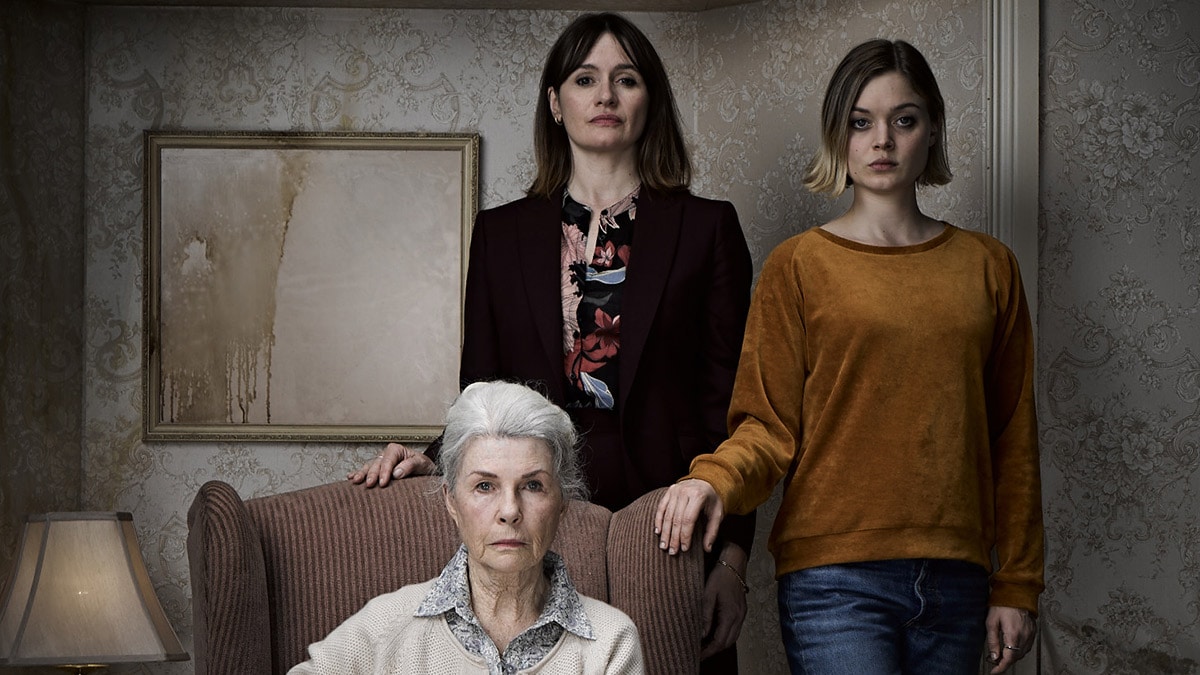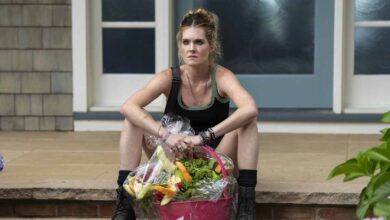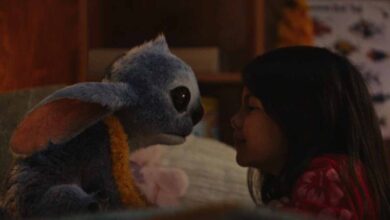Review: Relic
Workaholic Kay (Emily Mortimer), gets a call from the police that her widowed mother Edna (Robyn Nevin) has been missing from her rural home for some time. Kay and her daughter Sam (Bella Heathcote) go to investigate. They arrive at the home to find no sign of Edna, but some rather odd Post-it notes it Edna’s handwriting, most notably a creepy one stating “Don’t follow it.” A search in the nearby woods turn up no trace of Edna, so the women decide to stay in the cluttered home in hopes of her return.
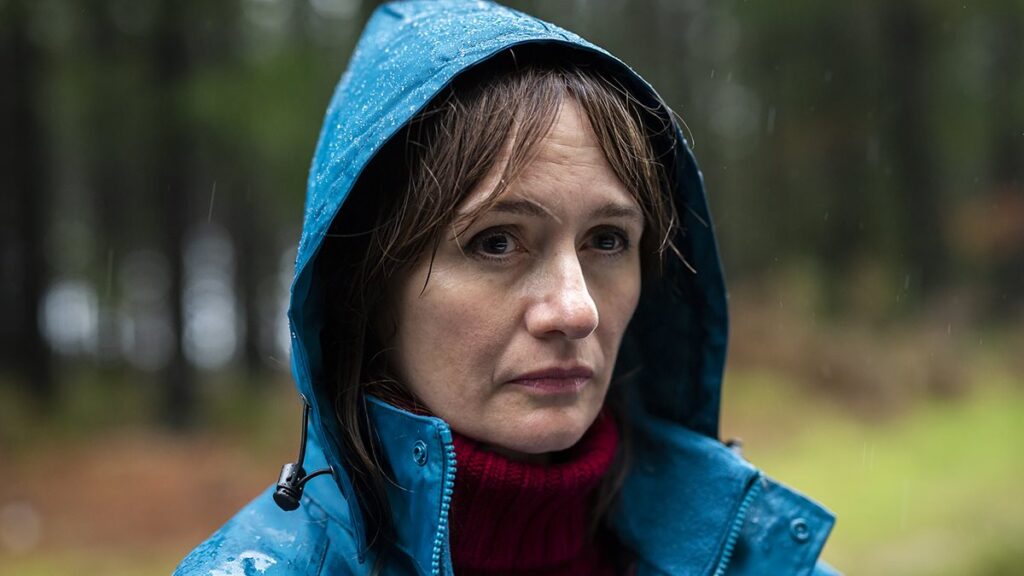
When Edna does return, harried and covered in bruises, she has no recollection of where she has been. She seems fine at first, but as her dementia worsens, so does the condition of the house. Black mold creeps throughout, strange sounds can be heard in the walls, floors creak, and Kay starts having horrible nightmares about the property. There is a slow, palpable sense of dread throughout, which develops into full-blown horror in the film’s gut-wrenching 3rd act.
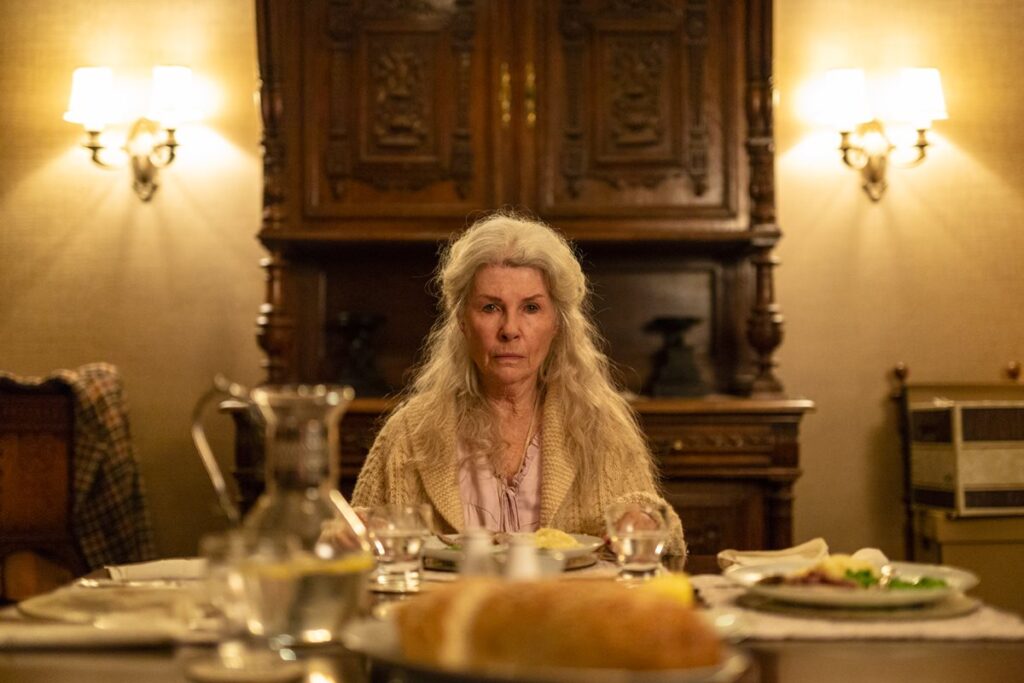
The score, along with the groans and “things that go bump in the night” sound effects are fantastic, as is the film’s tightly written script. The house is a menacing setting, and in a sense, character in and of itself.
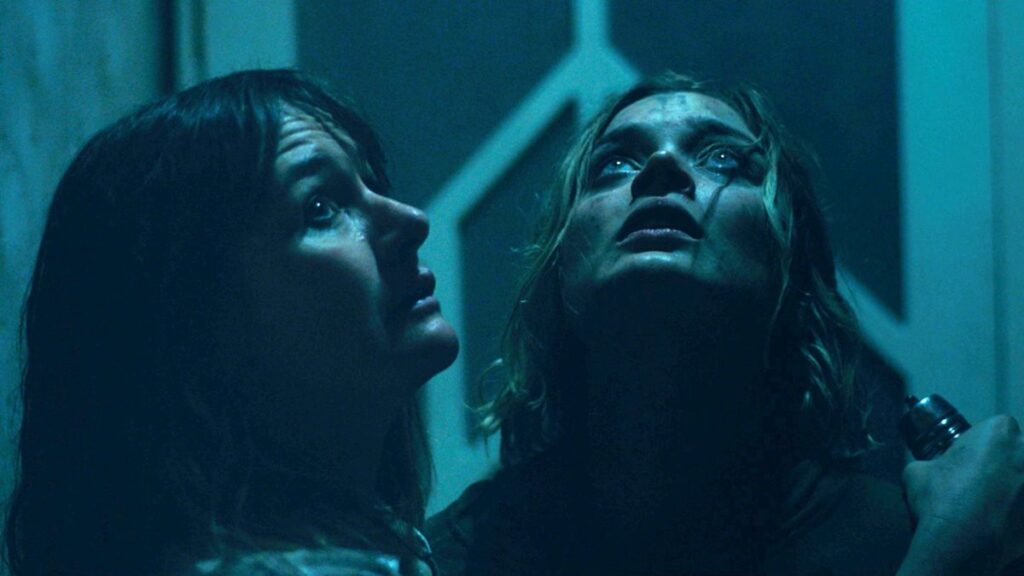
Although there is something supernatural afoot, the scariest part of the film is watching the heartbreaking deterioration of Edna, and of Sam and Kay’s inability to keep her from slowly slipping away into someone, or something, they no longer know. The three leads all do an excellent job in portraying women in different stages of grief, fear, and helplessness. I both jumped out of my seat a couple of times and was on the verge of tears for even more.
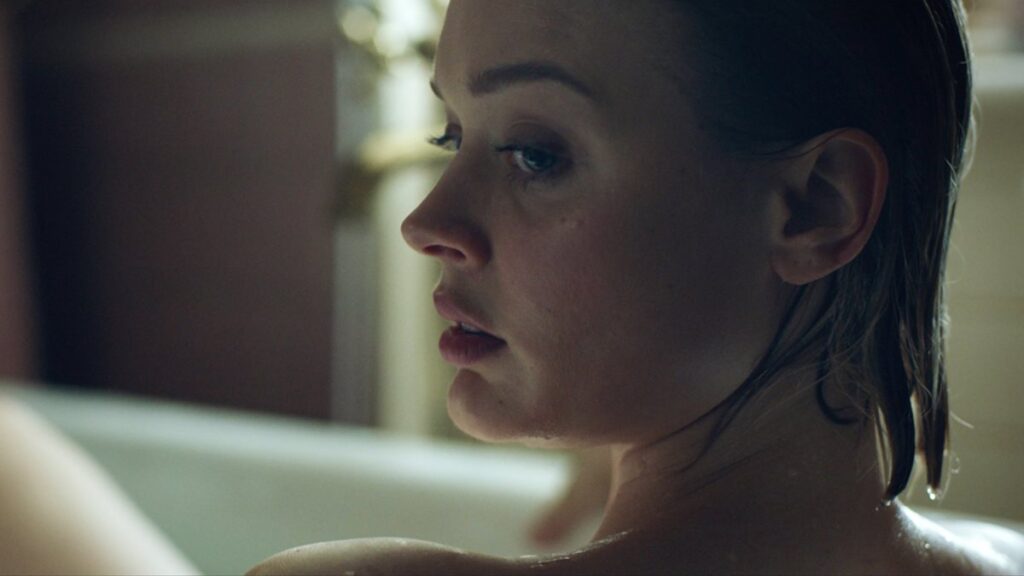
Despite some “what are they still doing in that house??” moments, Relic was a very effective and well-done film that functioned as a powerful metaphor for aging, and a wonderful study of the touching and often complicated relationship between mothers and daughters.
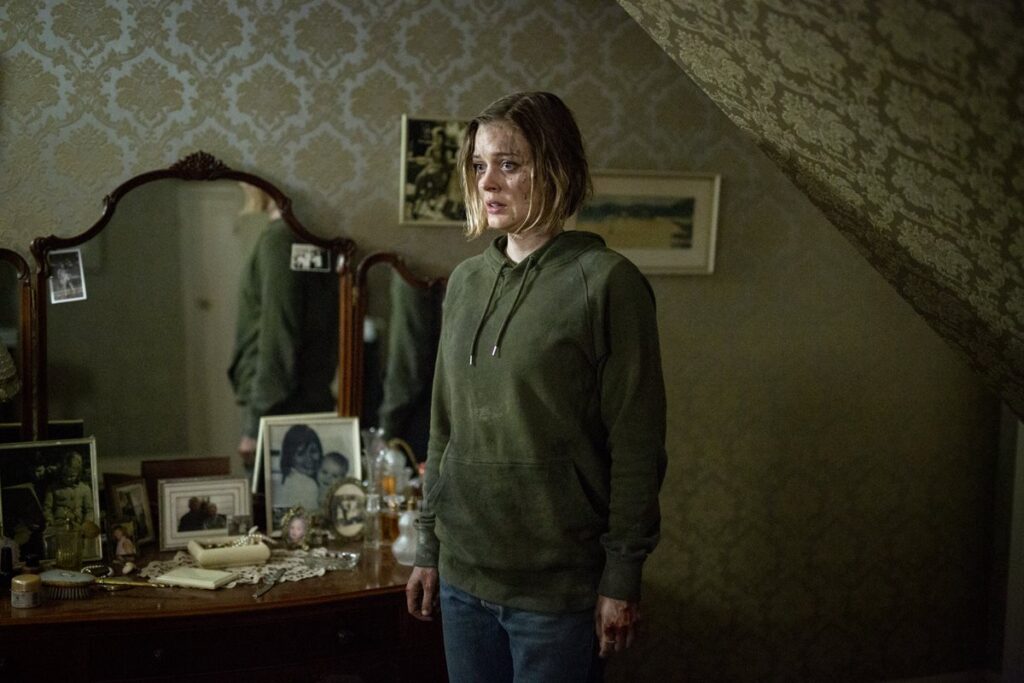
Review
Score
RN Review
Despite some “what are they still doing in that house??” moments, Relic was a very effective and well-done film that functioned as a powerful metaphor for aging, and a wonderful study of the touching and often complicated relationship between mothers and daughters.
